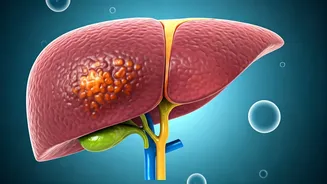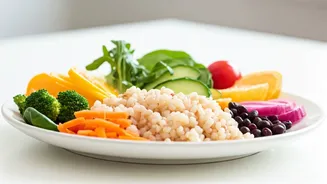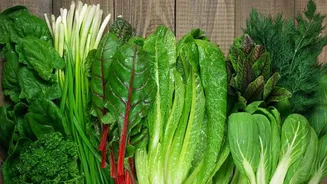Milk and Curd Overview
Both milk and curd hold a significant place in Indian culinary traditions and diets, offering a range of nutritional advantages. Milk, a complete food,
supplies essential nutrients like calcium, vitamin D, and proteins. Curd, created through the fermentation of milk, packs probiotics that boost gut health. The choice between them depends on individual health goals and body's reaction. Both can be valuable additions to a balanced diet, helping overall well-being. Understanding their separate benefits is essential for informed dietary choices, enabling people to customize their nutrient intake for optimum health outcomes. Both are versatile and can be used in numerous recipes, making them easily incorporated into daily routines.
Nutritional Showdown Begins
Comparing the nutritional components of milk and curd reveals key differences. Milk is renowned for its rich profile of calcium, vital for bone health, alongside protein for muscle development. It also offers essential vitamins like B12 and D. Curd, meanwhile, provides a good quantity of protein, but its standout benefit is the presence of probiotics, beneficial bacteria that help the digestive system. Probiotics in curd enhance gut health by improving digestion and enhancing the immune system. While milk has higher lactose levels, curd sees a reduction during fermentation. Therefore, individuals with lactose intolerance might find curd easier to digest. The choice frequently depends on your individual needs, like the need for bone support or improving gut health.
Curd: Gut Health Ally
Curd plays an important role in enhancing gut health, mainly due to the probiotics it contains. These live microorganisms, crucial for the digestive system, help balance gut flora, leading to enhanced digestion and nutrient absorption. Regular consumption of curd can help to ease digestive disorders like bloating and constipation. The probiotics in curd enhance the immune system by guarding against harmful bacteria and supporting a balanced gut environment. The fermentation process used to create curd additionally produces lactic acid, which helps to maintain a healthy gut environment. Integrating curd into your diet not only provides necessary nutrients but also promotes a healthy digestive system, which is crucial for overall health. Curd can be particularly useful for people dealing with gut-related issues.
Milk: Weight Loss Helper?
When thinking about weight loss, both milk and curd provide advantages. Milk, especially low-fat versions, offers protein and calcium that can boost satiety, which can help in portion control and reduce overeating. Protein aids in muscle mass preservation and promotes metabolism, all of which support weight loss efforts. Calcium also plays a role, with studies suggesting a link between higher calcium intake and fat loss. Curd is also helpful for weight loss, as its high protein content promotes fullness and can help curb hunger. Its probiotic content supports gut health, which has a ripple effect on metabolism and nutrient absorption, aiding weight control. The key is moderation. Both can be useful when you are trying to lose weight, making them smart dietary options when incorporated into a balanced weight management plan.
Who Should Avoid
While both milk and curd have considerable health benefits, certain groups of individuals should approach them with caution. People with lactose intolerance might find it difficult to digest milk, resulting in bloating, gas, and stomach discomfort. Although curd has lower lactose content because of fermentation, it may still trigger symptoms in very sensitive people. Those with milk allergies should completely avoid milk products as they can experience dangerous allergic reactions. People with certain medical conditions or digestive issues should consult with a healthcare professional before including dairy products in their diet. For example, some people with irritable bowel syndrome (IBS) may have to limit dairy to manage their symptoms. Tailoring your diet to match your unique health needs is essential to maximize health advantages.
Eating Plans to Follow
Incorporating milk and curd into your diet can be simple and enjoyable. You can include milk in your diet by drinking it plain, adding it to smoothies, or using it as a base for cereals and oats. Curd is quite versatile; it can be eaten plain with a topping of fruits, nuts, or seeds. It also works well as a side dish with meals or as a base for dips and sauces. Both milk and curd can be used in cooking and baking to improve the nutritional profile of your meals. To get the maximum benefits, try to include both milk and curd in your diet, ensuring a balanced intake of nutrients and probiotics. Try different recipes and ways to prepare them so that they can be easily incorporated into your everyday eating habits.














